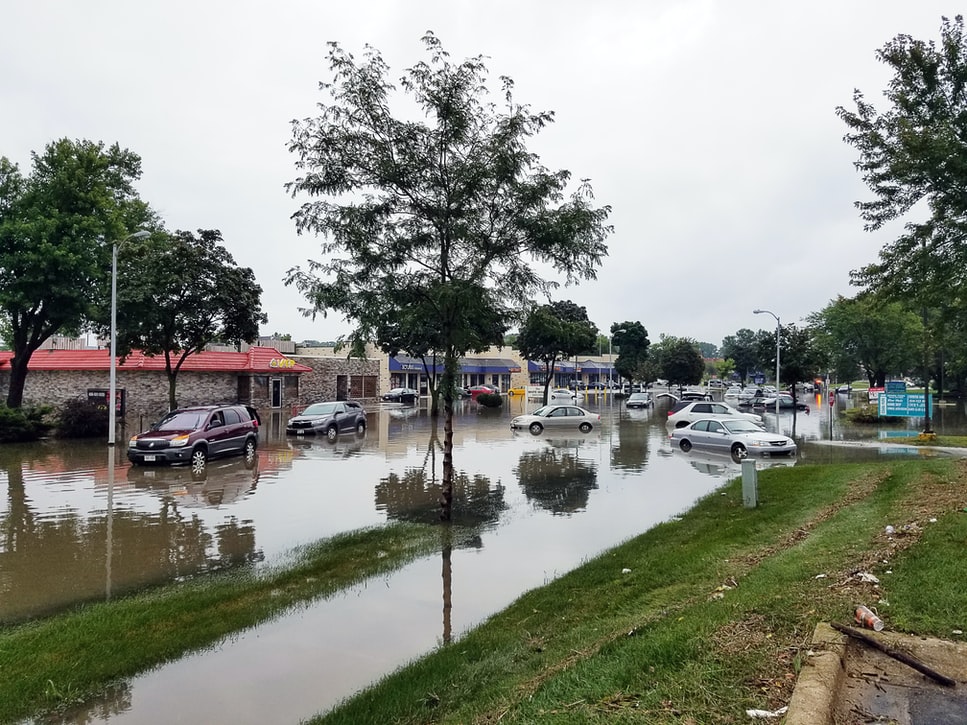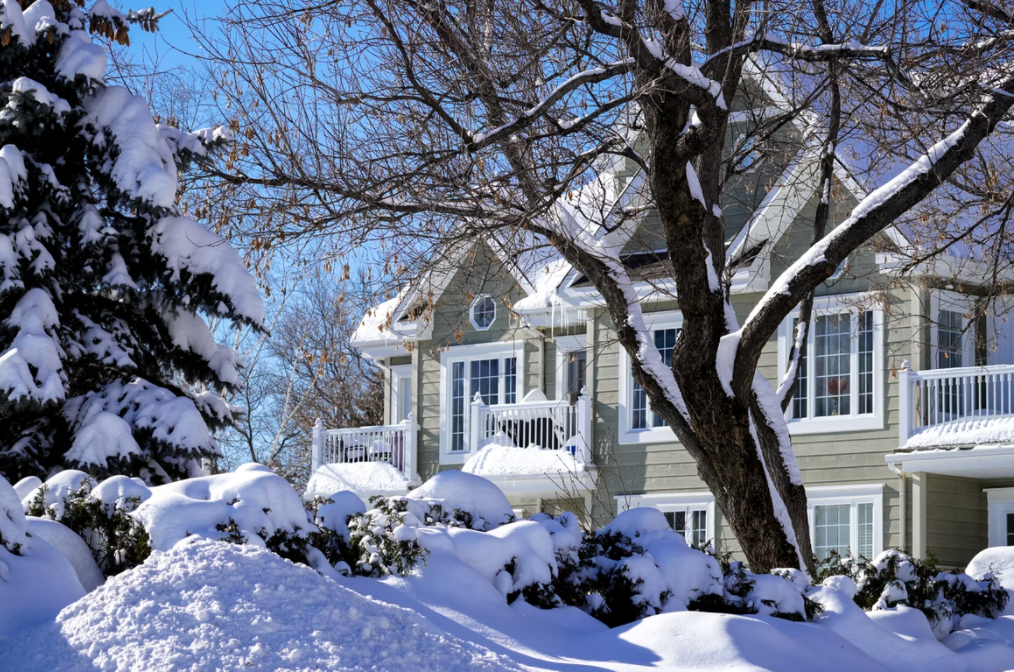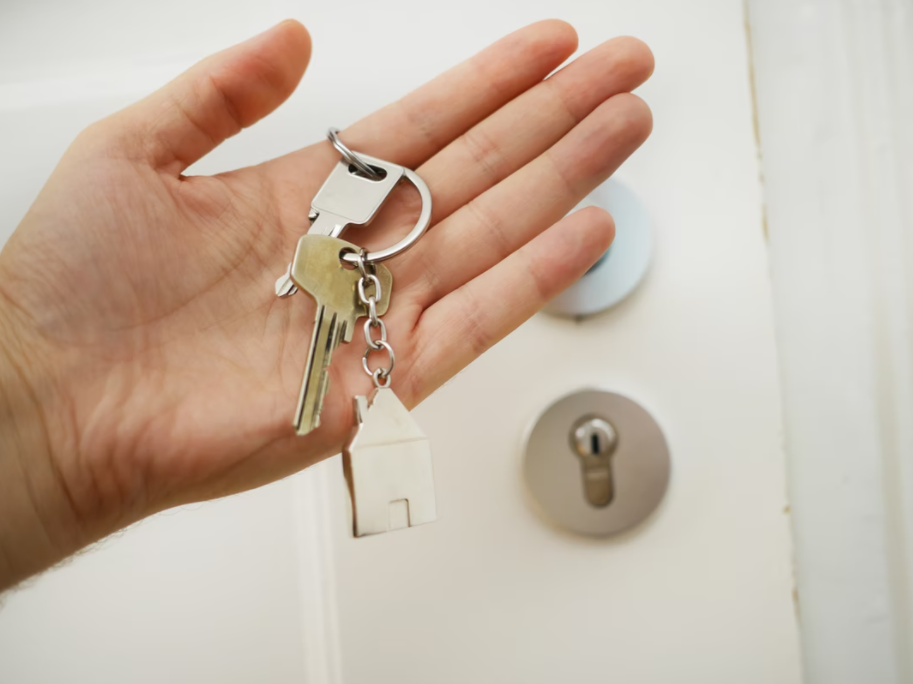Water Damage Restoration – Class 1 to Class 4

Does your home have water damage? Here is how to diagnose the water damage in your home!
There are several types of restoration services, from Class 1 to Class 4. To find out which one is best for your needs, read on! You will learn about the types of flood damage, natural or manmade sources, and techniques. This will help you choose the best company for your home.
Class 1 to Class 4 water damage
Water damage is categorized by the degree of contamination it causes. Class 4 includes high-level contamination and requires specialized drying techniques to remove the affected flood. Clean flood includes overflows from a bathtub or broken H20 supply lines. Flooding in this category requires advanced remediation techniques.
Clean flood is clean and does not pose a health risk. It can come from sinks or appliances that overflow. Gray water is contaminated and contains microorganisms. It can also be the result of a broken sump pump, sewage problems, or even seepage. Finally, black water contains pathogenic agents and is extremely dangerous to humans. Classification will depend on the type of H20 and its potential evaporation rate.
Depending on the type of H20, the restoration process can be broken down into several categories. Listed categories are Class 1, Class 2, and Class 4 restoration. The type of H20 is important, as it determines the drying time and amount of restoration needed. Moving quickly is crucial to prevent mold growth and the spread of harmful bacteria.
IICRC standards for restoration define the three categories and types of H20, but you can read more about it at the link or continue on here. As water issues increase, so do the types of materials affected by the water. If H20 has penetrated into structural wood, you may have class 2. In class 3, wood grained materials are also affected, and the whole room is severely wet.
Natural or man-made sources of water damage
Flood issues can be caused by both natural and man-made sources. The former is caused by poor maintenance while the latter is due to destructive weather events. The best way to mitigate the risks of either is to perform general upkeep of your facility and implement a Mitigation Plan.
This plan will help you navigate disasters and minimize disruption to your business. As part of your Mitigation Plan, senior management should promote its importance and highlight the organizational, employee, and contractor notification charts. Floods are one of the most destructive natural disasters and can cause enormous issues to buildings and infrastructure.
Floods pick up debris, destroying houses and bridges. They can also contaminate drinking water. Flooding can also result from sudden and unexpected rainfall. In fact, more than a million homes were destroyed by floods in Bangladesh in 2007. Despite these disasters, flooding is often the number one enemy of many people.
Techniques used in water damage restoration
Flood restoration professionals must be called in immediately after a disaster. Their job is to dry and restore the materials to their original condition. Years ago, restoration techniques were more limited, as the equipment used was limited in variety, efficiency, availability, and effectiveness.
As a result, many property owners were forced to throw away damaged building materials. Today, however, newer techniques have been developed to make repair more efficient, cost-effective, and convenient. Tomorrow it may be different, but there’ really no use in worrying about tomorrow what may even happen today, you know?
If this all seems like too much for you, don’t overthink it and hire the big guys. A professional restoration company will begin by assessing the severity of the damage. The IICRC has published a guide titled Professional Restoration. The guide explains the principles of repair and provides reference materials for specialists but isn’t completely necessary as long as you have a generally-high IQ and common sense.
While the IICRC’s guide can provide a solid foundation for repair, it does not teach the techniques and procedures used to clean it. A professional will determine which type of flood is present and determine a drying strategy. Before beginning repair, it is important to disinfect any affected area. Floods contain bacteria and can encourage mold growth.
To prevent this, the affected area should be thoroughly disinfected using bleach. Once this is complete, a professional repair company can begin the cleaning process. The cleanup process may include adding additional ventilation or choosing paints and drywall that are resistant to it. As a result, you should be aware of the costs associated with flood damage repair and how to minimize them.
Professionals use desiccant dehumidifiers to reduce humidity levels. This type of equipment works well even in areas with high humidity. Its silica gel absorbs flood particles and releases warm, dry air. It is very effective and can even operate in extremely low temperatures. If repair has caused mold, you must seek professional help as soon as possible.
There are many companies in the New York area that can help you with these problems. Once you discover it, it is essential to unplug all electronic devices. Be especially careful around gas lines and appliances. Using flood-damaged equipment could result in electrical shocks or explosions which can lead to deaths, lawsuits, houses burning down or something much worse that hasn’t even been thought up, yet.
Fortunately, professional repair professionals are here to help, but make sure the ones you choose use EPA Approved chemicals for mold removal. Professionals are trained in mitigation and repair, so your home will look just like new again. So, what are the techniques used to make your property look like before a repair team arrives? Experts in repair use advanced equipment to evaluate the damage to a property.
These experts check porous materials and moisture content to determine whether or not they can be restored. They use moisture detectors to determine the degree of ruin, and will inform you of the different repair options available. If you decide to hire a repair company, you can rest assured that you’ll receive expert guidance and a complete guarantee of satisfaction.








